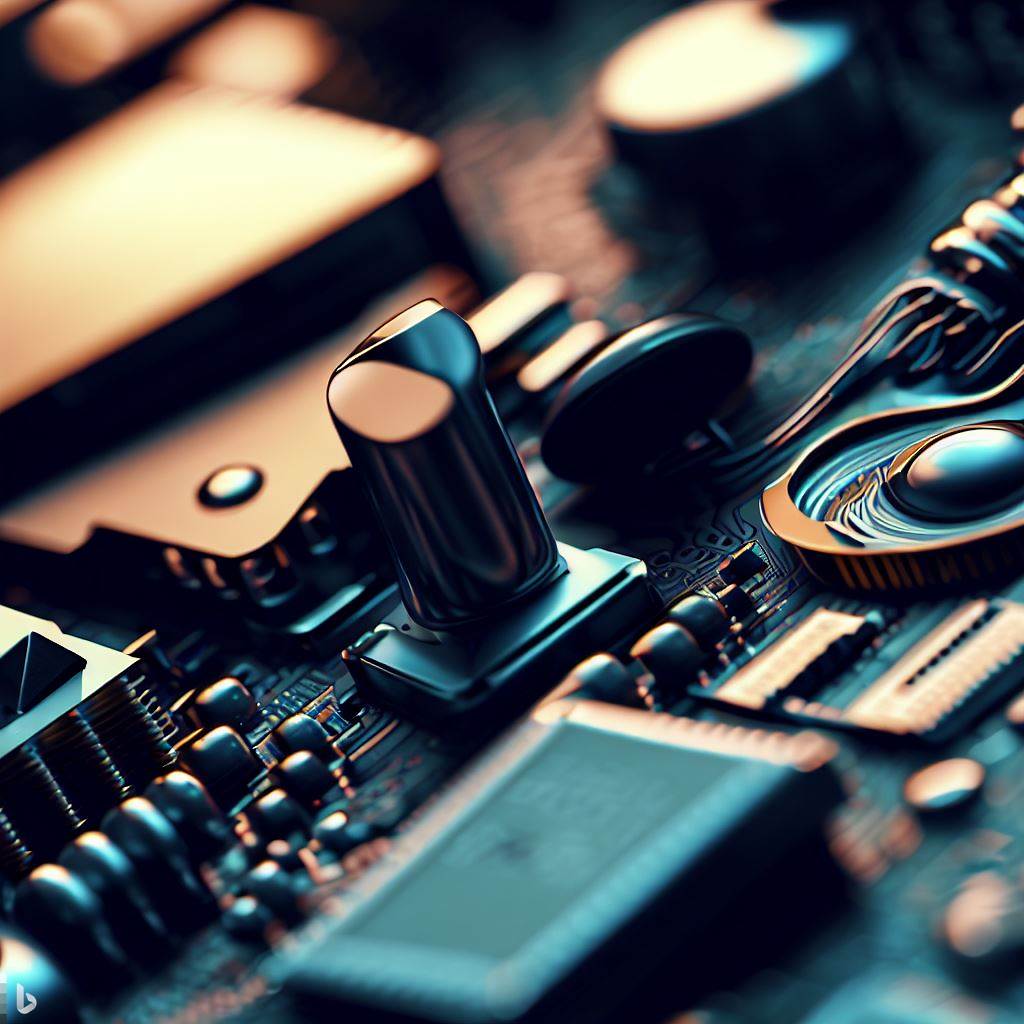Retrieval Augmentation Generation Operations (RAGOps) is a groundbreaking approach that brings the principles of DevOps to the world of AI. By considering the entire lifecycle of AI, from model training to long-term maintenance, RAGOps highlights the importance of reliability and efficiency. But what exactly are the components of RAGOps? Let’s break it down.
- Retrieval: This is the first and foundational step of RAGOps. It involves sourcing the necessary documents or data sets that serve as the basis for the operation. These sources can be varied and vast, ranging from academic articles to business reports or even user-generated content.
- Transformation: Once the documents are retrieved, they are transformed into something AI can understand and use. This involves creating indices, transforming the documents into embeddings, and storing these in a vector format. This transformed information will later be utilized to respond to queries.
- Query: This is the process of querying the vector store based on the request received. The appropriate information is retrieved to respond to the query effectively.
- Prompts: One of the key components of RAGOps is choosing the right prompt for the context. This helps to ensure that the AI responds to queries in a manner that is appropriate and contextually relevant.
- Large Language Models (LLMs): LLMs are crucial to the RAGOps process, providing assistance throughout. They are trained on a vast amount of data and, therefore, can understand and generate text that is coherent and contextually accurate.
- Synthesis: The synthesis component is where the real magic happens. Utilizing the power of LLMs, the retrieved and transformed information is synthesized into a coherent and relevant response.
- Validation: Ensuring that the output meets the standards of enterprise compliance is vital. The validation process checks for accuracy, relevance, and adherence to regulations and guidelines.
- Orchestration: The final part of RAGOps is orchestration. This brings together all the previous steps to form a harmonious, efficient operation. From retrieval to validation, each component is crucial and contributes to the smooth running of the operation.
In summary, RAGOps is more than just a principle or concept; it’s a systematic, detailed approach to AI operations. By understanding the component parts, we can better appreciate how this methodology ensures reliability and efficiency throughout the AI lifecycle, contributing significantly to enterprise success.
